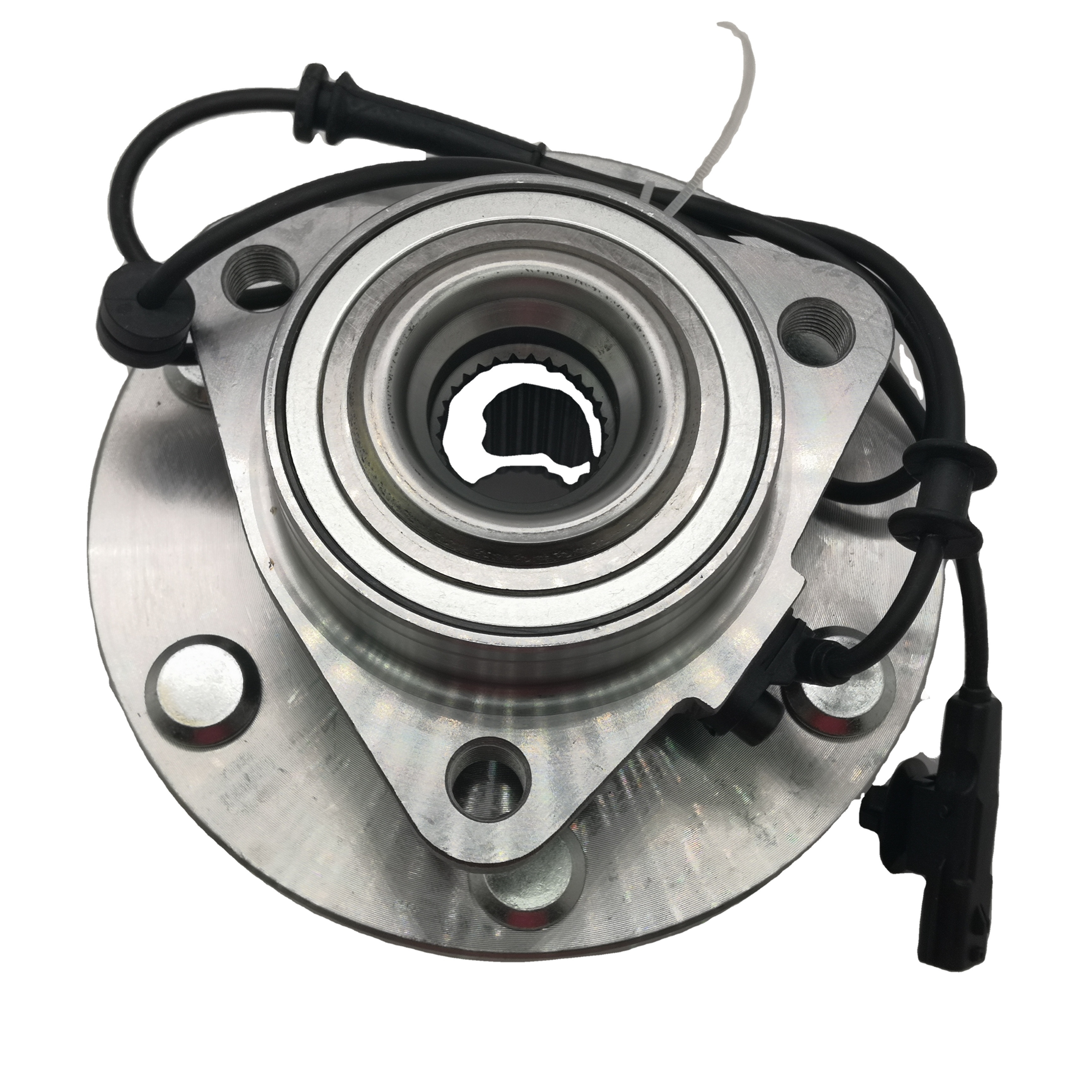Introduction
Turbochargers have had an enormous impact on the automotive world for greatly improving the performance of an engine without increasing the size of the engine. Using exhaust gases to increase power from the engine, these devices are commonly found in cars today. Anyone with an interest in cars and automotive technology will soon need to understand the elements of a turbocharger and its contribution to the overall performance of an engine. In this article, we will examine the fundamental parts of a turbocharger and how these parts work together to enhance the efficiency and power output of an engine.
What a Turbocharger Does — The Basics
A turbo charger is a forced induction system, compressing air entering the engine so that more air and fuel can be combusted. Therefore, makes the engine produce more power without having to use a bigger engine size. The basic concept of a turbocharger is fairly straightforward: exhaust gases are redirected to spin a turbine, which drives the connected compressor sucking more air into the engine.
Essential Parts of a Turbo Charger
Compressor
The compressor is the heart of any turbocharger. It sucks in atmospheric air, compresses it, and then feeds it into the intake manifold of the engine. It increases the density of the air and forces in more oxygen into the combustion chamber so it can explode more powerfully. More air means more revs, and in turn, better output.
Turbine
The counterpart of the compressor is a turbine, which is driven by exhaust gases flowing out of the engine. Exhaust gases are expelled through the turbine making it spin at high speeds. The compressor is driven by this spinning action. Since the efficiency of the turbine ultimately governs the performance of the turbocharger, a perfectly designed turbine can recover maximum possible energy from the exhaust gases, enhancing overall performance.
Wastegate
The wastegate is an important part in controlling the boost from the turbo. Regulating the exhaust gas flow to the turbine, it prevents the turbocharger from generating excessive boost pressure that can cause engine damage. The wastegate opens and allows some exhaust to escape from the turbine when the desired level of boost is achieved to keep the system functioning correctly and to prevent contributing to this over-boosting condition.
Bearings
Turbochargers require bearings for operation. They hold the rotating shaft which connects the turbine and compressor. A turbo can be a journal bearing or ball bearing Traditional turbo car journal bearings are less common, whereas the low friction and quicker spool-up of ball bearings creates improved performance. A correct amount of lubrification of these bearings is important to avoid alter a long life.
Actuator
The actuator controls the wastegate. This can be either pneumatic or electronic, depending on the design of the turbocharger. The actuator controls when the wastegate opens and closes to help optimize the boost pressure. Maintaining both engine performance and efficiency come down to this control.
Housing
A turbo consists basically of two major housings: the turbine housings and the compressor housings. The turbine housing gets the exhaust gases to the turbine while the compressor housing holds the compressor. These for both containment housings are made of high-temperature high-pressure resistant materials to protect the internal components and guiding airflow.
Oil and Coolant Lines
Because turbochargers operate at extreme pressures and temperatures, they need good lubrication and cooling to work properly. The oil runs through lines, supplying it to the bearings of the turbocharger, which reduces both friction and heat. Coolant lines assist in transferring away heat from the continually created heat of operation so that the turbocharger does not overheat. While doing this is vital for the age of the turbocharger and bulwark against problems down the road.
How Well Each Component Works Together to Facilitate Engine Performance
More Horsepower and Torque
With the power of both the compressor and turbine, a turbocharger can really beef up the horsepower and torque. The turbocharger allows burning more fuel at once by forcing more air into the engine for a stronger combustion process. This has great effects for high performance type applications where power is a required situation.
Improved Fuel Efficiency
Better fuel efficiency can also be achieved by turbocharging. Turbochargers allow manufacturers to use smaller, lighter engines by enabling the smaller engines to produce more power. It often leads to a reduction in fuel consumption and emissions, which makes turbocharged vehicles less polluting.
Enhanced Vehicle Response
That, in turn, means that turbochargers can help improve in-vehicle response as they offer more instant power when it is needed. This spools up the turbo and produces more power almost right away, making acceleration and possibly throttle response much better. Turbocharged sports cars and performance vehicles, which need more immediate power to stay on boost, highlight this responsiveness particularly well.
Reduced Emissions
Turbocharging enables more complete combustion of the fuel and therefore, reduces emissions as a result. The engine can burn fuel more efficiently because there is more air available for combustion, resulting in lower levels of unburned hydrocarbons and other pollutants. Such efficiency is in total conformity with present environmental standards and regulations.
Maintenance and Reliability
Follow Maintenance Of Turbocharger Spare Parts To Ensure Long Life – Turbochargers 24/7 Changing the duct regularly, keeping an eye on the coolant, and inspecting for any cracks or wear can make a turbo last longer. Also, the components of a turbocharger are designed to be sturdy with advancements in the use of materials that provide improved durability as well as performance.
Conclusion
Turbochargers are essentially complicated yet interesting machines that contribute a huge part in building an engine to perform better. Each part—from the compressor and turbine, to the wastegate, bearings, actuator, housing, and oil and coolant lines—plays an important role in allowing the turbo to bolster horsepower, fuel economy, vehicle responsiveness, and emissions. Turbochargers are a staple in the world of automotive technology and will continue to play a major role in the development of increasingly powerful, efficient, and cleaner vehicles.
Table of Contents
- Introduction
- What a Turbocharger Does — The Basics
- Essential Parts of a Turbo Charger
- Compressor
- Turbine
- Wastegate
- Bearings
- Actuator
- Housing
- Oil and Coolant Lines
- How Well Each Component Works Together to Facilitate Engine Performance
- More Horsepower and Torque
- Improved Fuel Efficiency
- Enhanced Vehicle Response
- Reduced Emissions
- Maintenance and Reliability
- Conclusion
 EN
EN
 AR
AR
 FR
FR
 KO
KO
 PT
PT
 RU
RU
 ES
ES


